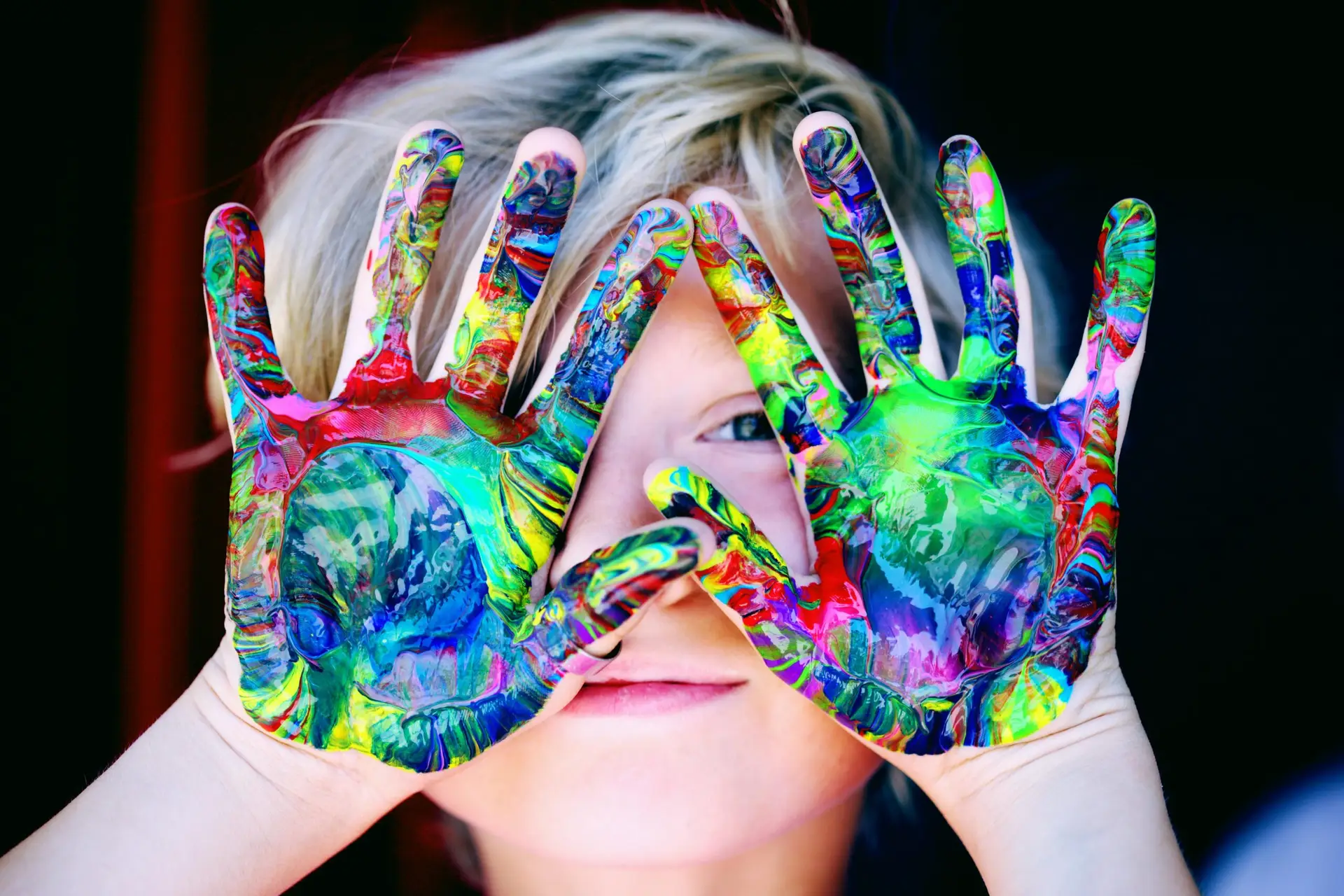
Child Therapy & Behavioral Therapy Services - Helping Kids Thrive
Children’s therapy is a broad field focused on helping children cope with emotional, psychological, or behavioral challenges. The goal is to support their development, improve their mental health, and assist them in managing difficulties they may face in their personal lives or at school. Therapy can be used for a wide range of issues, from trauma and grief to behavioral disorders and social difficulties. Here’s an overview of the different types of therapy and approaches commonly used for children:
- Play Therapy
- Cognitive Behavioral Therapy (CBT)
- Family Therapy
- Art Therapy
- Behavioral Therapy
- Dialectical Behavior Therapy (DBT)
Types of Therapy for Children
Play Therapy:
- What it is: Play therapy is the most common therapeutic approach for younger children, typically ages 3-12. It uses play, art, toys, and games to help children express their feelings and thoughts in a way that feels safe and natural for them
- How it works: The therapist observes how the child interacts with the toys and activities, which can give insight into their emotions and concerns. It can help children process trauma, anxiety, and other emotional struggles.
Cognitive Behavioral Therapy (CBT):
- What it is: CBT is a more structured, goal-oriented therapy used to help children identify negative thought patterns and replace them with healthier ways of thinking and behaving.
- How it works: Children learn to recognize how their thoughts affect their emotions and behaviors. CBT is often used for conditions like anxiety, depression, and ADHD.
Family Therapy:
- What it is: Family therapy involves the child and their family members working together with a therapist to address issues affecting the family dynamic. It focuses on improving communication, resolving conflicts, and strengthening relationships.
- How it works: The therapist may use various strategies to help the family understand each other’s perspectives and work through problems together, often used for children with behavioral or emotional issues stemming from family stress.
Art Therapy:
- What it is: Art therapy uses creative expression, such as drawing, painting, or sculpture, to help children communicate their feelings, especially when they are too young or find it difficult to verbalize their emotions.
- How it works: The therapist may guide the child in creating art that reflects their feelings, fears, or experiences. It can be particularly useful for children dealing with trauma or grief.
Behavioral Therapy:
- What it is: Behavioral therapy focuses on changing specific behaviors by using reinforcement techniques, such as rewards and consequences. It’s particularly effective for children with Autism Spectrum Disorder (ASD), ADHD, and other behavioral challenges.
- How it works: The therapist helps the child understand the connection between their actions and outcomes, teaching them new behaviors and skills.
Dialectical Behavior Therapy (DBT):
- What it is: A form of cognitive-behavioral therapy designed for children with emotional dysregulation or difficulty managing intense emotions, often used for children who have self-harming behaviors or extreme mood swings.
- How it works: DBT helps children learn to manage their emotions, tolerate distress, and improve interpersonal relationships.
Common Issues Addressed in Children’s Therapy
- Anxiety: Fears, worries, or phobias that interfere with a child’s daily life.
Depression: Persistent sadness, loss of interest, or changes in behavior or mood.
Behavioral Problems: Issues like tantrums, defiance, or aggression, often associated with ADHD.
Grief and Loss: Dealing with the death of a loved one or other significant loss.
Trauma: After experiencing abuse, neglect, or a major traumatic event.
Social Skills: Difficulty with peer relationships, bullying, or social isolation.
Self-Esteem Issues: Low confidence, body image issues, or self-worth struggles.
Developmental Delays: Issues related to speech, motor skills, or learning disabilities.
How to Know if a Child Needs Therapy
- Behavioral changes: Increased irritability, withdrawal, or extreme mood swings.
Difficulty concentrating: Struggling to focus on schoolwork or activities they used to enjoy.
Social withdrawal: Avoiding friends or isolating themselves from family.
Sleep and appetite changes: Excessive sleep or a lack of sleep, changes in eating habits.
Physical symptoms: Frequent headaches, stomachaches, or other unexplained physical complaints that are linked to emotional distress.
Regression: A child suddenly starts behaving in ways that are younger than their age, such as bedwetting or thumb-sucking.
Benefits of Children’s Therapy
- Emotional expression: Children can better understand and express their emotions in a healthy way.
Coping skills: Learning how to handle stress, anxiety, and other challenging feelings.
Improved relationships: Therapy can help children build stronger relationships with peers, family, and teachers.
Problem-solving skills: Therapy helps children develop better ways of thinking through problems.
Increased self-esteem: A positive sense of self-worth can be nurtured through therapy.
